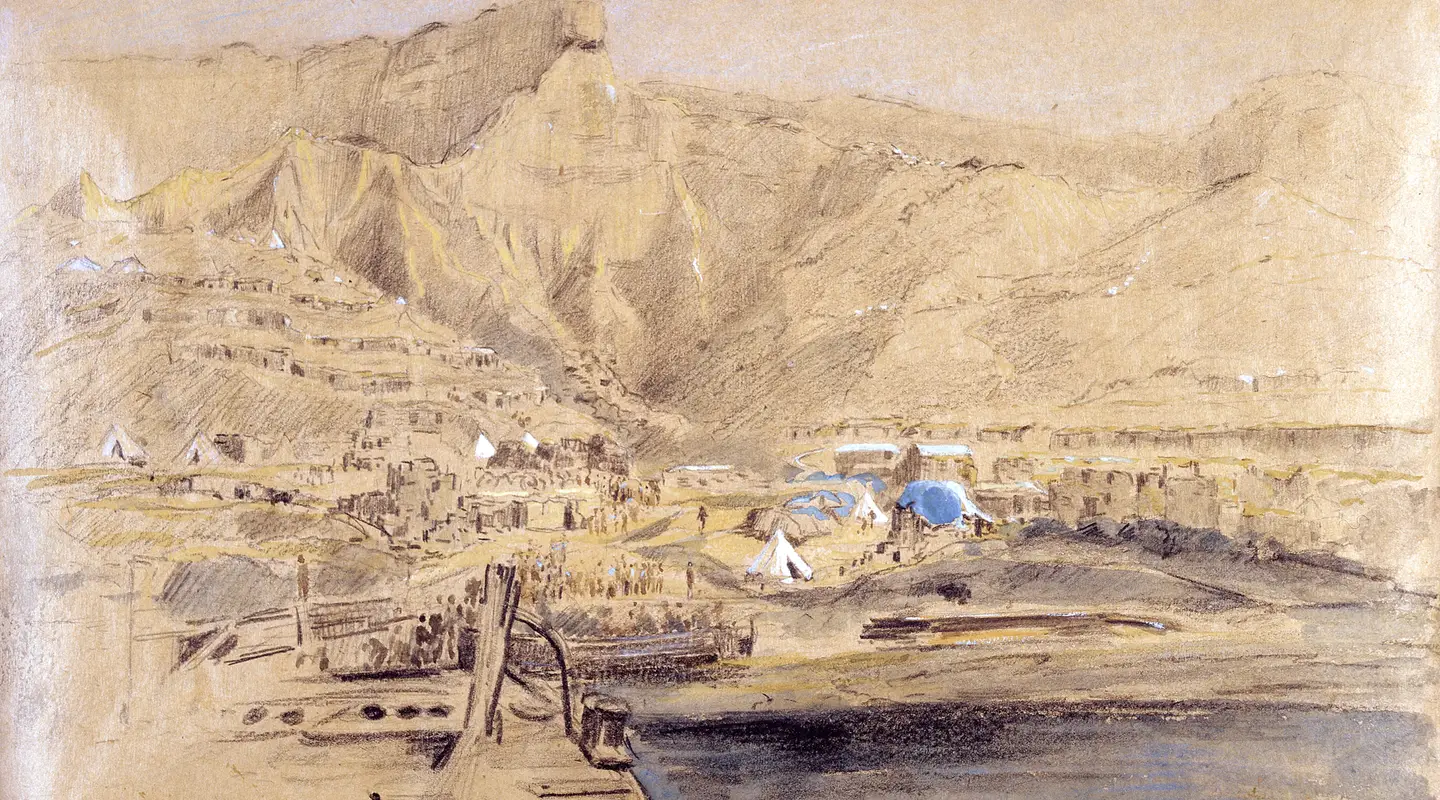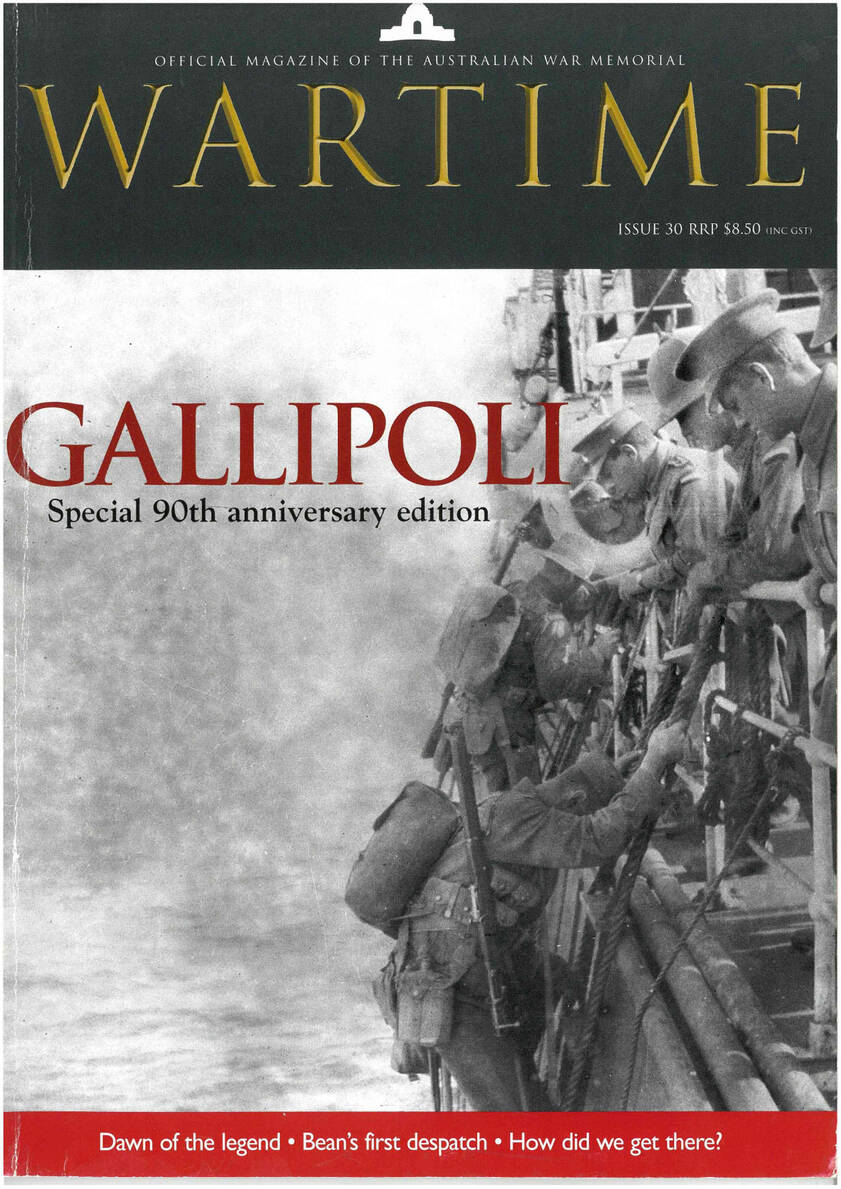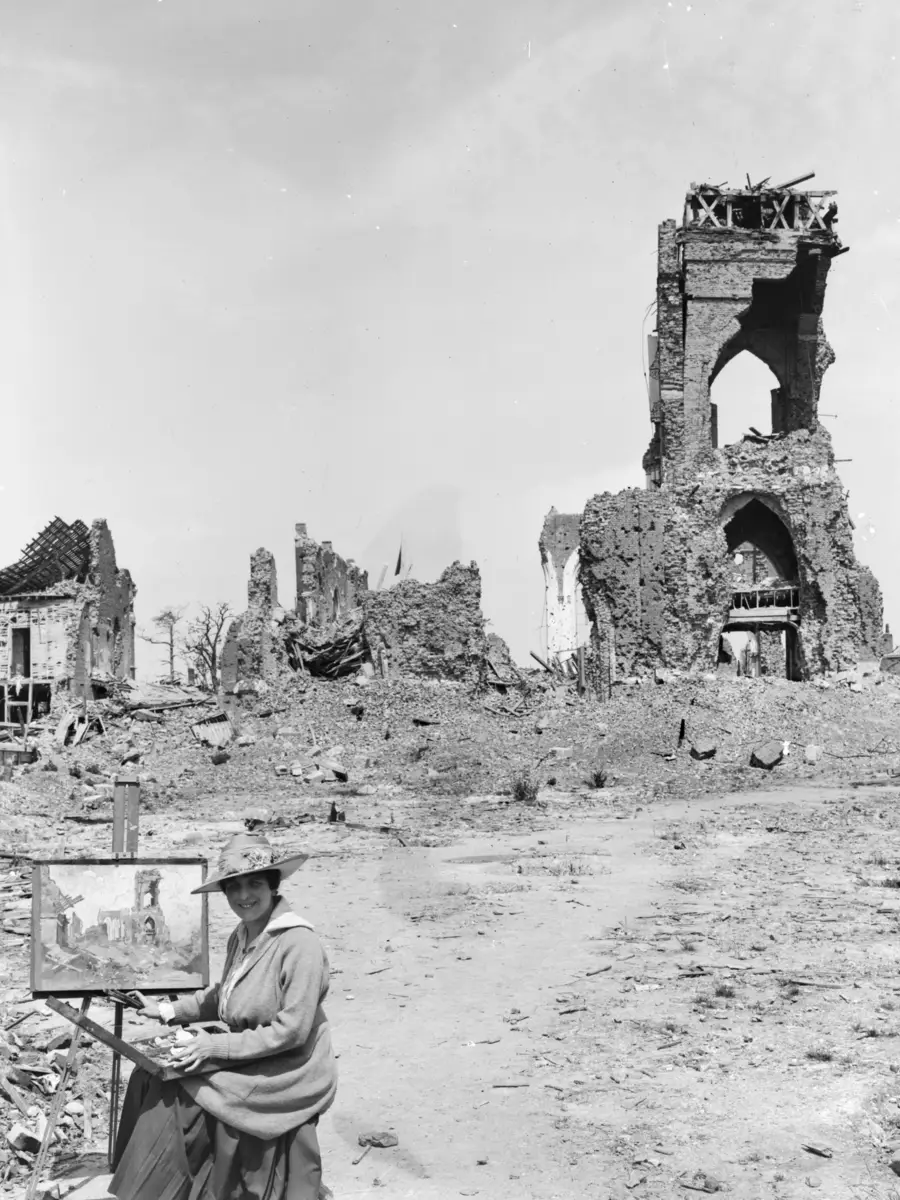While the Gallipoli campaign holds a unique place in Australian military history, it has also proved to be a rich source of inspiration for many artists, from the soldiers who were there during the fighting to some of the country's best-known painters.
Horace Moore-Jones, 1915
Horace Moore-Jones (1868-1922) was a New Zealand artist who joined the British section of the New Zealand Expeditionary Force in 1914, serving in Egypt and Gallipoli with the New Zealand Engineers.
Attached to General Birdwood's headquarters staff on Gallipoli, Moore-Jones made topographical pencil and water colour sketches, which provided information about the terrain for tactical purposes. He also made sketches depicting soldiers around ANZAC Headquarters and studies of the landscape of nearby island of Imbros.
In December 1915, he was invalided out to a military hospital in England, where he made further watercolours based on his Gallipoli studies.
Moore-Jones drawings are not only accomplished and impressive works of art, they also provide a quiet, but honest, contemporary documentation of the terrain of Gallipoli. They are sincere human records of the site of the first action of the ANZAC's.
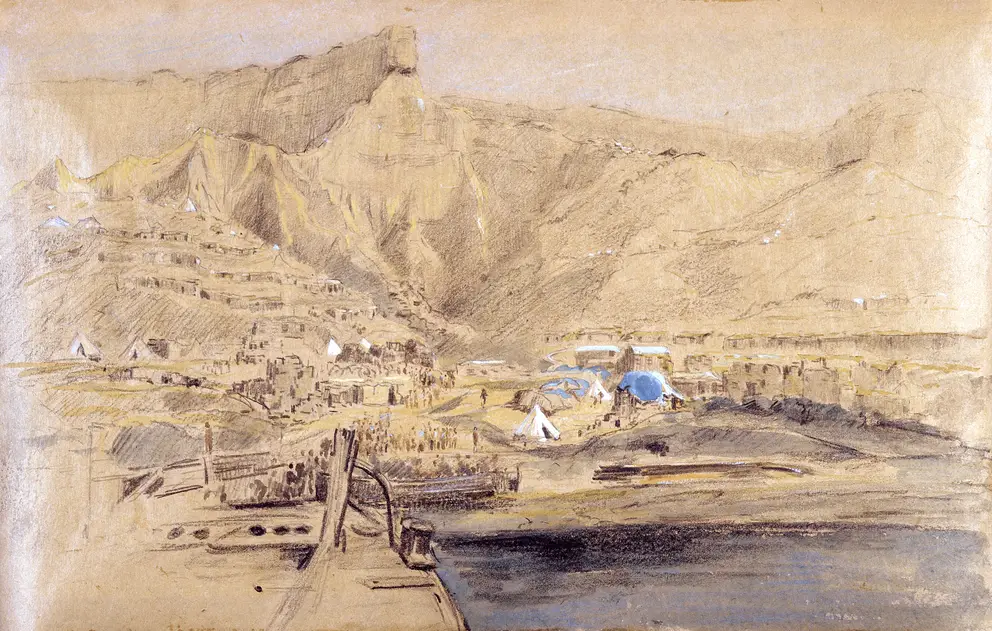
Horace Moore-Jones, NZ & A Headquarters, North Beach below the Sphinx, Gallipoli, 1915
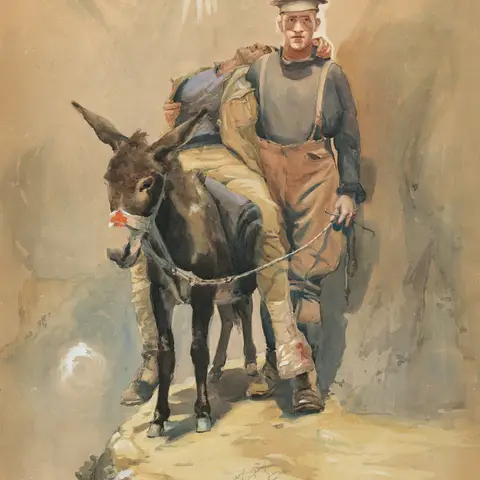
Horace Moore-Jones, The man with the donkey, 1917. Depicts New Zealander Private Richard (Dick) Alexander Henderson of the New Zealand Medical Corps with a donkey.

Horace Moore-Jones, North side of the Sphinx, Gallipoli, 1915
View more artworks by Moore-Jones in the National Collection.
Sidney Nolan's Gallipoli series, 1956-1978
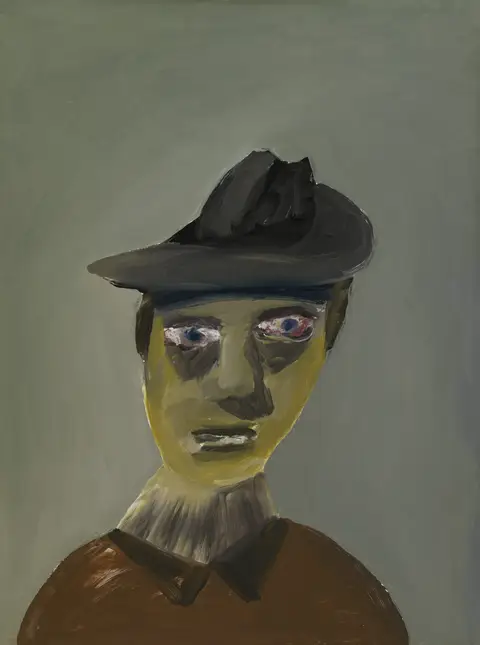
Sidney Nolan, Young Soldier, 1977
Sidney Nolan (1917-1992) is renowned for his paintings evoking legendary deeds from Australian history and folklore, such as those of bushrangers Ned Kelly or explorers Bourke and Wills, and stories from classical mythology, such as Leda and the sawn.
Nolan was living on the Greek island of Hydra when he began his Gallipoli series in the winter of 1955-56. Inspiration for the series came in part from the Iliad, Homer's epic poem about the Trojan War. Nolan was able to visit Gallipoli briefly in 1956 and the Trojan War connection was made more vivid when he stood on the cliff tops and visualised the site of Troy in the distance.
For more than 20 years Nolan worked on the Gallipoli series, producing landscapes, figure studies, and imaginary portraits. These were the synthesis of his preoccupation with the parallels he saw between the Trojan War and the ANZAC legend, fused with the stories and images from The ANZAC book (2016) and photographs of soldiers on Gallipoli.
In 1978 Nolan presented 251 drawings and paintings from the series to the Australian War Memorial in memory of his brother Raymond, who was accidentally drowned while serving during the Second World War.
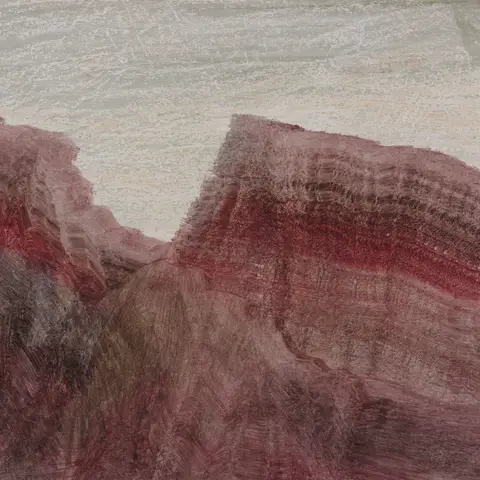
Sidney Nolan, Gallipoli landscape with steep cliffs, 1961
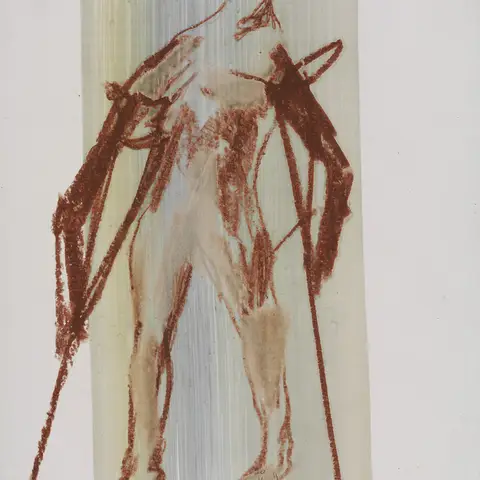
Sidney Nolan, ANZAC (walking wounded), 1960
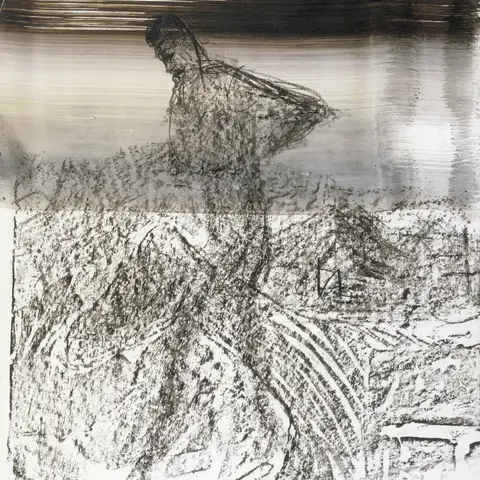
Sidney Nolan, The horse and the rider, Gallipoli, 1958
View more artworks by Sidney Nolan in the National Collection.
